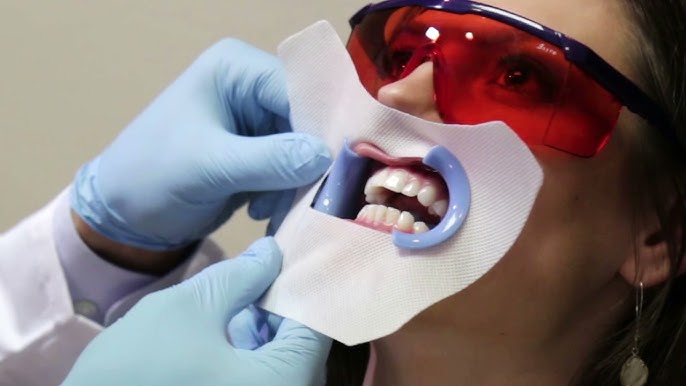Unveiling the Role of Cheek Retractors in Dentistry: A Comprehensive Exploration
Cheek retractors, also known as lip or mouth retractors, are small dental instruments designed to temporarily hold the lips and cheeks away from the teeth during various dental procedures. This unassuming tool plays a pivotal role in providing better visibility and access for dentists and dental professionals. In this detailed article, we will delve into the functions, types, materials, applications, and considerations associated with cheek retractor in the field of dentistry.
Functions of Cheek Retractors:
- Enhanced Visibility: One of the primary functions of cheek retractors is to improve the visibility of the oral cavity during dental procedures. By keeping the lips and cheeks retracted, dentists gain unobstructed access to the teeth, allowing for a clearer view of the treatment area.
- Access to Posterior Teeth: Cheek retractors are particularly useful when working on posterior teeth or during procedures that involve the back of the mouth. They create space and allow dental professionals to work more comfortably and efficiently.
- Patient Comfort: While cheek retractors play a crucial role in facilitating dental procedures, they also contribute to patient comfort by minimizing contact between the cheeks and dental instruments. This can be especially beneficial during longer or more intricate treatments.
Types of Cheek Retractors:
- Metal Cheek Retractors: Traditional cheek retractors were often made of metal, typically stainless steel. While durable and reusable, metal retractors may feel cold to the touch and may not be as flexible as newer materials.
- Plastic Cheek Retractors: Modern cheek retractors are often made from medical-grade plastic materials. These are lightweight, flexible, and come in various sizes to accommodate different patient needs. Plastic retractors are typically single-use, reducing the risk of cross-contamination.
- Autoclavable Cheek Retractors: Some cheek retractors, particularly those made of metal or certain heat-resistant plastics, are designed to be autoclaved for sterilization. This allows for multiple uses, ensuring proper infection control practices.
Applications of Cheek Retractors:
- Orthodontic Procedures: Cheek retractors are commonly used during orthodontic procedures, such as the placement of braces or the application of orthodontic adhesives. They provide a clear view and access to the teeth for precise placement.
- Restorative Dentistry: In restorative dentistry, cheek retractors are employed during procedures like dental fillings, crowns, or veneer placements. They aid in maintaining a dry field and optimal visibility for accurate restoration work.
- Oral Surgery: During oral surgery, especially procedures involving the extraction of teeth or the placement of dental implants, cheek retractors are invaluable in providing a clear and unobstructed view of the surgical site.
- Professional Teeth Whitening: Cheek retractors are often used in professional teeth whitening treatments. By exposing the teeth and preventing contact with the lips and cheeks, dental professionals can apply whitening agents precisely.
Considerations and Best Practices:
- Patient Comfort: While cheek retractors are essential tools, ensuring patient comfort is paramount. Dental professionals should communicate effectively with patients, explaining the purpose of the retractors and addressing any concerns or discomfort.
- Proper Sizing: Cheek retractors come in various sizes to accommodate different mouth shapes and sizes. Using the appropriate-sized retractor ensures effectiveness and minimizes discomfort for the patient.
- Disposable vs. Reusable: The choice between disposable and reusable cheek retractors depends on the specific dental practice’s infection control protocols. Disposable retractors are convenient and eliminate the need for sterilization but may generate more waste.
- Regular Maintenance for Reusable Retractors: If using reusable retractors, regular cleaning and sterilization procedures must be followed diligently to prevent cross-contamination. Autoclaving or using appropriate sterilization methods is crucial.
Conclusion:
Cheek retractors, though often overshadowed by more complex dental instruments, play an indispensable role in the field of dentistry. From enhancing visibility during various procedures to contributing to patient comfort, these simple tools are integral to the success of dental treatments. Understanding the different types, materials, applications, and best practices associated with cheek retractors ensures that dental professionals can harness their benefits effectively, providing optimal care for their patients.






